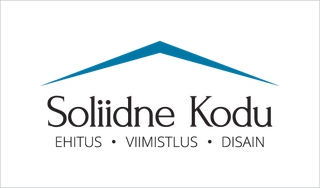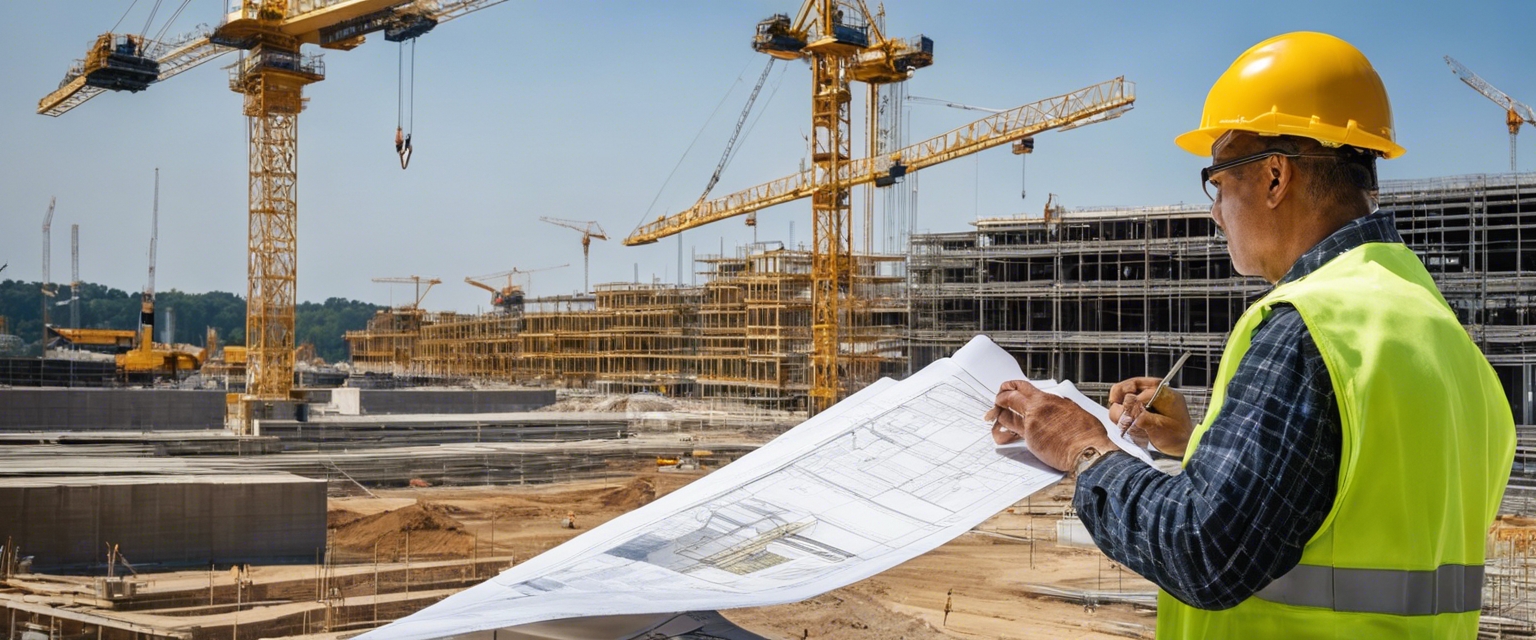5 trends shaping the future of sustainable construction
As the world becomes increasingly aware of the environmental impact of traditional construction methods, sustainable construction has emerged as a critical movement within the industry. Sustainable construction not only addresses environmental concerns but also considers social and economic factors, creating a holistic approach to building that is designed to meet the needs of the present without compromising the ability of future generations to meet their own needs.
1. Green Building Materials
The use of recycled materials is gaining traction in the construction industry as a way to reduce waste and lower the carbon footprint of new buildings. Similarly, natural materials such as bamboo, cork, and reclaimed wood are becoming popular for their sustainability and aesthetic appeal.
Innovations in material science have led to the development of composites and bioplastics that are both environmentally friendly and high-performing. These materials are designed to be durable, lightweight, and less resource-intensive than traditional construction materials.
2. Energy Efficiency and Renewable Energy Integration
Smart design principles and passive house standards are at the forefront of creating energy-efficient buildings. These designs focus on maximizing natural light and ventilation to reduce the need for artificial heating and cooling.
The integration of renewable energy sources such as solar panels, wind turbines, and geothermal systems into buildings is becoming more common. This not only reduces reliance on fossil fuels but also provides long-term cost savings for property owners.
3. Water Conservation and Management
Water conservation is a key aspect of sustainable construction. Installing water-saving fixtures and appliances can significantly reduce water usage in buildings.
Systems for rainwater harvesting and greywater recycling are being implemented to reduce the demand for potable water and to manage water resources more efficiently.
4. Advanced Building Techniques and Technologies
Modular and prefabricated construction methods are revolutionizing the building process. These techniques allow for faster construction times, less waste, and improved quality control.
The advent of 3D printing and automation in construction promises to further enhance efficiency and precision while reducing labor costs and construction waste.
5. Emphasis on Urban and Community Planning
Incorporating green spaces and biophilic design elements into urban environments not only improves the aesthetic of a space but also promotes the well-being of its inhabitants.
Efficient transportation and accessibility are becoming integral parts of sustainable urban planning, encouraging the use of public transportation and reducing the carbon footprint associated with commuting.






Comments (0)